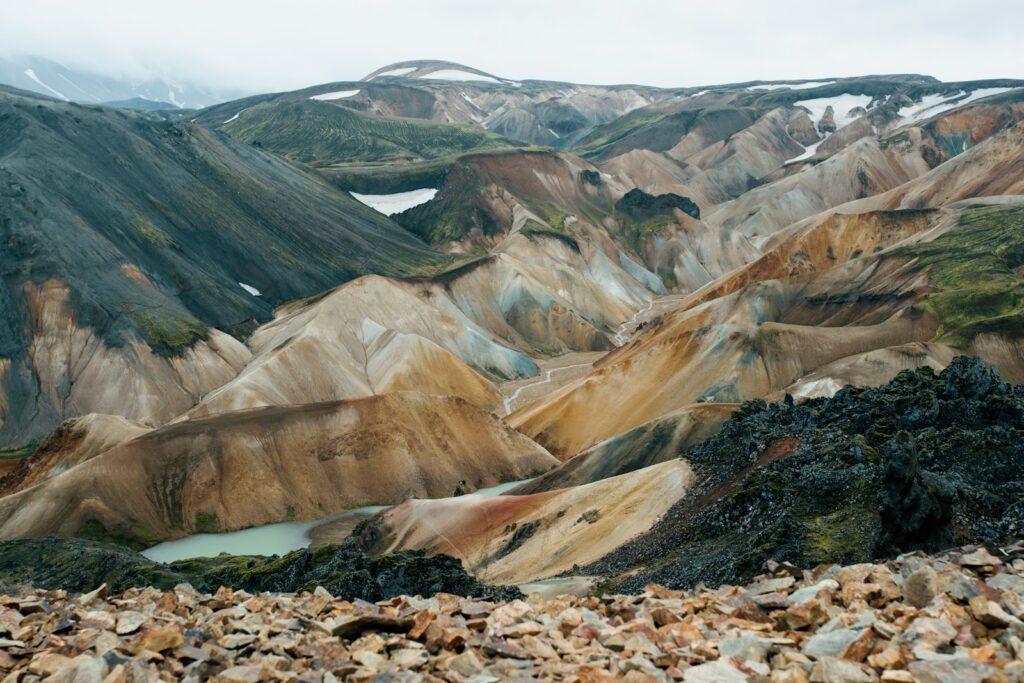The shovel hit something solid beneath the permafrost – not a fossil, but ice so thick it had turned blue-white. Dr. Sarah Chen’s breath formed instant clouds in the minus-forty air as she realized their entire excavation site had become a frozen tomb overnight. What started as a promising paleontological dig in northern Alberta had transformed into a battle against nature’s most unforgiving elements. This wasn’t just another cold day at the office – this was the moment when Arctic conditions turned scientific discovery into survival.
When Mother Nature Declares War on Science
Northern digs face conditions that would make a polar bear think twice about venturing outside. Temperatures can plummet from a manageable minus-ten to a bone-crushing minus-fifty within hours, turning excavation tools into brittle chunks of metal. The ground doesn’t just freeze – it becomes harder than concrete, requiring pneumatic hammers just to chip away a few inches. Field teams often describe the sensation as trying to dig through solid rock with a butter knife. When the wind picks up, visibility drops to zero, and what was once a carefully mapped dig site becomes an endless white void where even GPS units struggle to maintain accuracy.
The Permafrost Prison That Traps Time
Imagine trying to unwrap a present that’s been sealed in ice for thousands of years – that’s what paleontologists face when dealing with permafrost. This permanently frozen ground extends down hundreds of feet, creating a natural refrigerator that preserves everything from mammoth tusks to ancient plant matter. The irony is cruel: permafrost offers perfect preservation conditions but makes extraction nearly impossible during extreme cold snaps. Scientists have discovered that permafrost can shift and crack unexpectedly, sometimes crushing delicate specimens or swallowing entire excavation grids overnight. The frozen earth moves like a slow-motion earthquake, reshaping dig sites while teams sleep in their heated tents.
Equipment Failures That Would Make MacGyver Weep
In the extreme north, even the most sophisticated equipment becomes as useful as a chocolate teapot. Diesel fuel turns to sludge, hydraulic fluid freezes solid, and metal tools become so brittle they snap like twigs. Battery-powered devices drain in minutes rather than hours, leaving teams without communication, lighting, or heating when they need it most. One expedition in northern Alaska reported that their generator literally exploded when they tried to start it at minus-sixty degrees – the metal had contracted so much that internal components shattered on ignition. Field teams now carry backup equipment for their backup equipment, turning simple excavations into logistical nightmares that require military-level planning.
Human Bodies Versus Arctic Fury
The human body wasn’t designed to function in conditions where exposed skin freezes in under two minutes. Researchers face the constant threat of frostbite, hypothermia, and something even more dangerous – the false confidence that comes with layered clothing. Many dig team members have discovered that sweat from physical labor becomes a death trap when it freezes against the skin, creating ice patches that conduct cold directly to vital organs. Dehydration becomes a hidden killer because people don’t feel thirsty in extreme cold, yet the dry air sucks moisture from lungs and skin at an alarming rate. Simple tasks like taking notes become impossible when fingers lose dexterity, forcing scientists to develop entirely new documentation methods using voice recorders tucked inside their coats.
The Great Supply Line Collapse
Getting supplies to remote northern dig sites during harsh weather is like playing three-dimensional chess with Mother Nature as your opponent. Bush planes can’t fly in whiteout conditions, snowmobiles break down in extreme cold, and helicopter rotors can ice over mid-flight. Food supplies freeze solid, requiring teams to thaw meals over camp stoves that themselves struggle to function in sub-zero temperatures. Medical supplies become useless when liquid medications turn to ice and bandages become rigid sheets that tear skin instead of protecting it. One research team in northern Canada survived for two weeks on nothing but energy bars and melted snow after their supply drop got buried in a sudden blizzard that dumped eight feet of snow in twelve hours.
Technology’s Epic Fail in the Frozen North
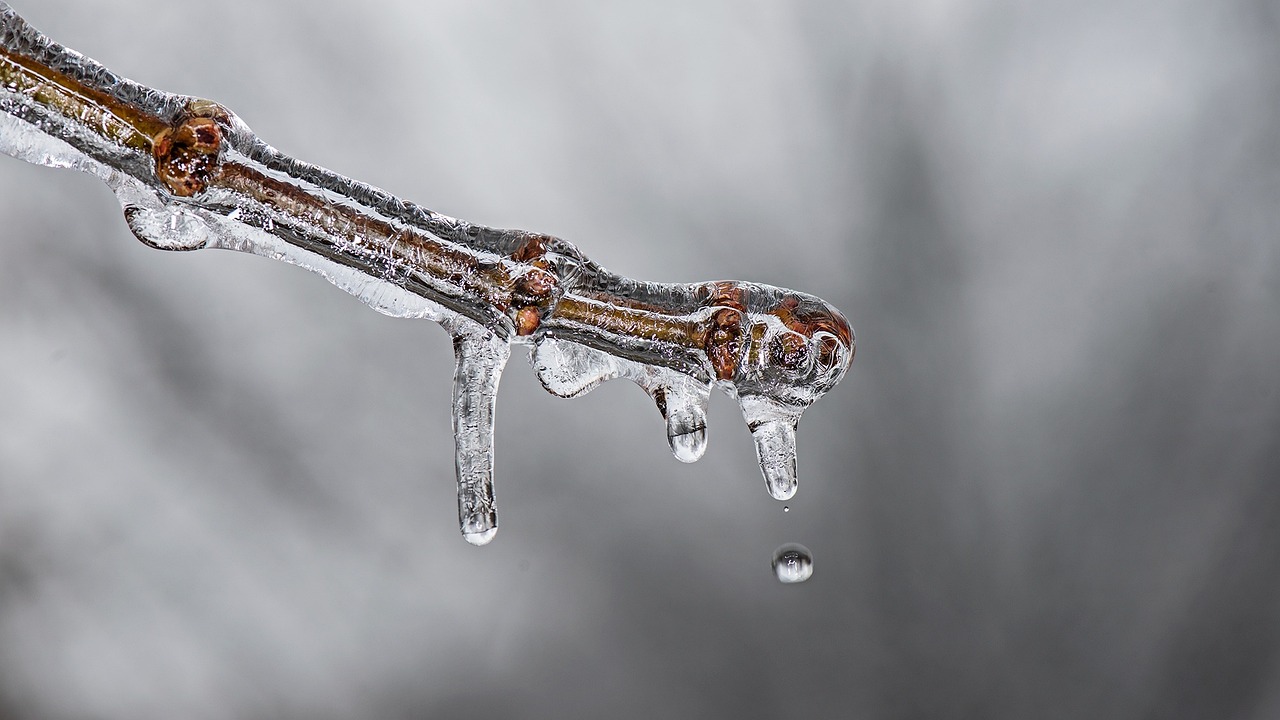
Modern technology crumbles like ancient parchment when faced with Arctic conditions. Smartphones shut down automatically to protect their components, leaving teams without cameras, GPS, or communication devices. Laptop screens crack from thermal shock when brought outside, and hard drives fail when lubricants freeze solid. Even simple mechanical devices like zippers and buckles seize up, trapping researchers in their gear or leaving them unable to secure essential equipment. 3D scanning equipment, crucial for documenting fossil positions, produces wildly inaccurate readings when internal components contract at different rates. Scientists have learned to keep critical electronics against their bodies, creating awkward bulges under winter gear that make movement difficult and uncomfortable.
When Weather Becomes a Predator
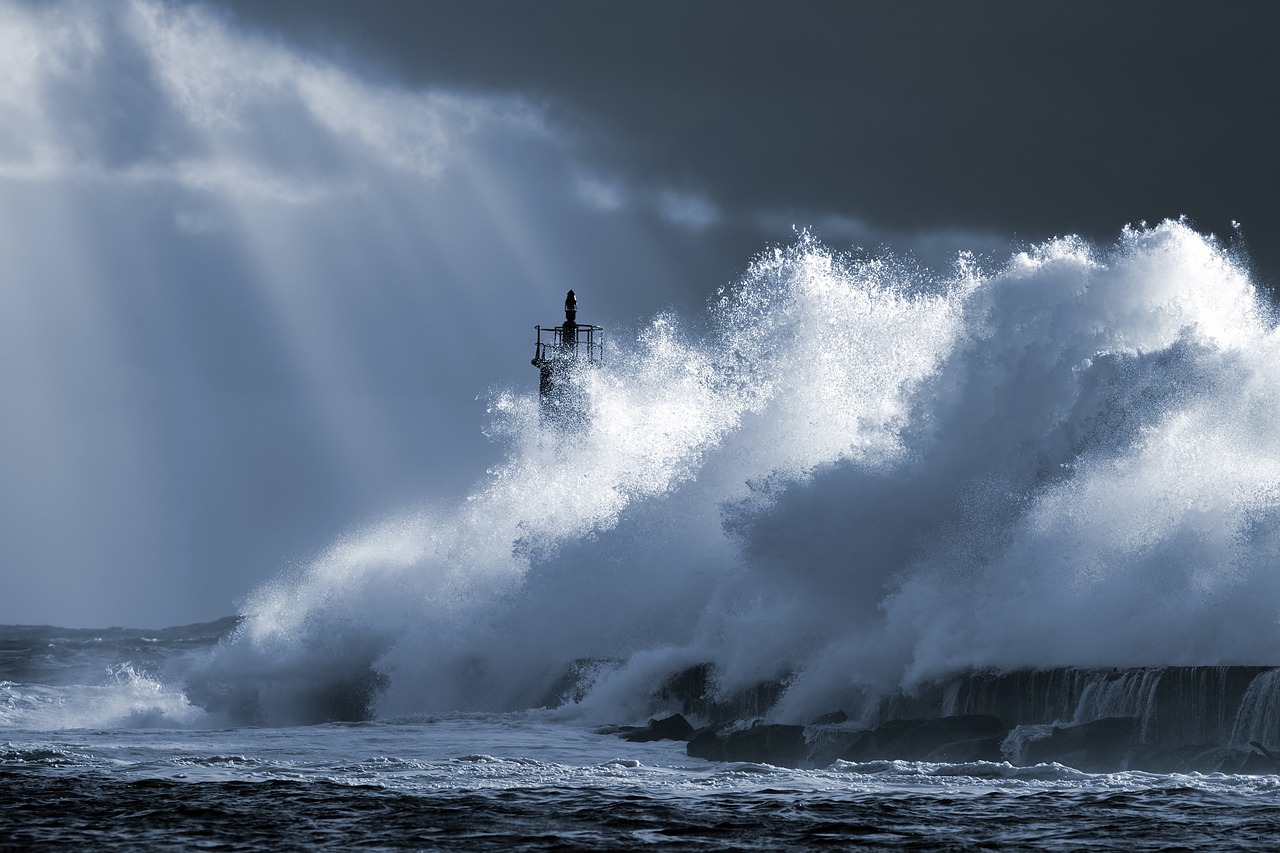
Arctic weather doesn’t just create discomfort – it actively hunts expedition members with the persistence of a determined predator. Wind chill factors can make minus-thirty feel like minus-seventy, turning brief exposure into a life-threatening emergency. Sudden weather changes arrive without warning, transforming clear skies into howling storms that can strand teams for days in inadequate shelter. Ground blizzards create the surreal experience of clear skies overhead while hurricane-force winds blast snow horizontally at ground level, making it impossible to see beyond arm’s length. The psychological impact of being trapped in such conditions often proves more challenging than the physical hardships, as isolation and sensory deprivation take their toll on even the most experienced field researchers.
The Hidden Dangers Beneath Your Feet
Northern dig sites hide deadly traps beneath innocent-looking snow cover. Researchers have fallen through thin ice into freezing water, stepped into hidden crevasses, or discovered too late that their campsite sits over unstable permafrost. Wildlife encounters become more dangerous in extreme cold because both humans and animals move more slowly, reducing reaction times when bears or wolves appear unexpectedly. Avalanche risks increase dramatically on any sloped terrain, as wind-loaded snow becomes unstable and deadly. Even the aurora borealis, beautiful as it appears, signals geomagnetic storms that can interfere with navigation equipment and radio communications, leaving teams effectively blind and deaf in the wilderness.
The Fossil Hunter’s Nightmare Scenario
Discovering a significant fossil during harsh northern conditions creates an impossible dilemma – extract it quickly and risk damage, or leave it exposed to potentially destructive freeze-thaw cycles. Delicate specimens can shatter like glass when subjected to rapid temperature changes, turning million-year-old treasures into worthless fragments. Plaster jackets, the traditional method for protecting fossils during extraction, refuse to cure properly in extreme cold, leaving specimens vulnerable during transport. Documentation becomes a race against time as cameras malfunction and field notes become illegible when ink freezes in pens. Many significant discoveries have been lost not to time or erosion, but to the cruel irony of finding them under conditions that make proper excavation impossible.
Communication Blackouts That Isolate Completely
When radio systems fail in the remote north, research teams become as isolated as astronauts on a distant planet. Satellite phones struggle with atmospheric interference during severe weather, and their batteries drain rapidly in extreme cold. Cell towers are non-existent in most dig locations, and even emergency beacons can malfunction when components freeze. Teams have gone days without contact with the outside world, creating anxiety not just for expedition members but for families and institutions back home. The psychological pressure of complete isolation compounds physical challenges, as team members know that help is days or weeks away even under the best conditions. Modern communication technology, designed for temperate climates, becomes unreliable exactly when it’s needed most for safety and coordination.
The Brutal Economics of Arctic Excavation
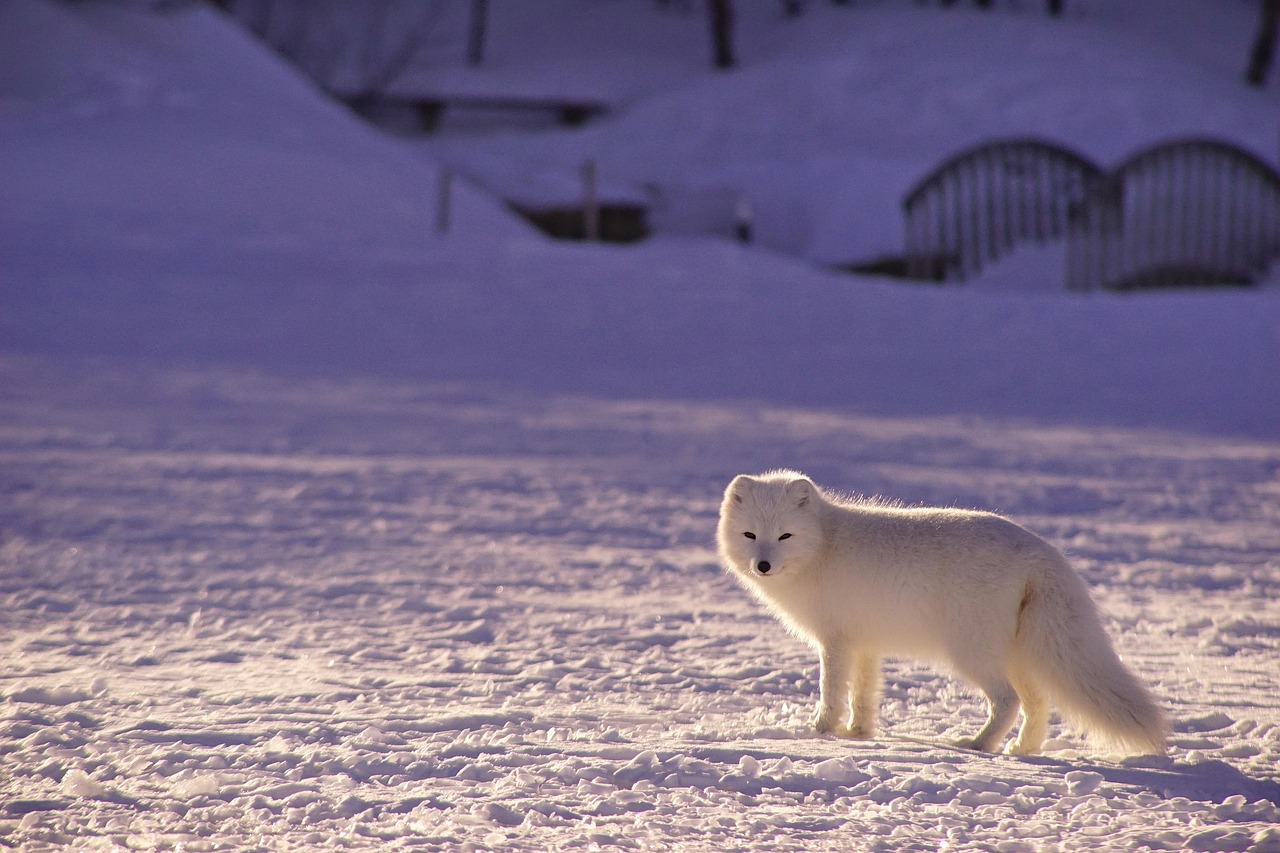
Every day of harsh weather hemorrhages money from research budgets like a severed artery. Helicopter evacuations can cost tens of thousands of dollars, specialized cold-weather equipment requires constant replacement, and extended expeditions burn through supplies at alarming rates. Insurance premiums for northern research spike dramatically, often doubling or tripling project costs before the first shovel hits frozen ground. Lost productivity during weather delays means that seasons of work must be compressed into brief windows of merely awful rather than impossible conditions. Universities and museums increasingly question whether northern digs provide sufficient return on investment when a single storm can destroy months of careful planning and drain entire department budgets.
Survival Stories That Became Legends
The annals of northern paleontology contain survival stories that would make adventure novels seem tame by comparison. One team in Alaska survived for eleven days in a snow cave after their shelter collapsed, living on a single box of granola bars and melting snow with body heat. Another group in northern Canada walked forty-seven miles through a blizzard after their snowmobiles failed, following compass bearings when visibility dropped to zero. A researcher in the Yukon performed emergency surgery on herself using dental floss and a sterilized knife after a tool accident, knowing that medical evacuation was impossible in the current weather. These stories of human resilience become campfire legends that both inspire and terrify new researchers heading into the frozen north for their first expeditions.
Climate Change’s Cruel Double-Cross
Ironically, climate change hasn’t made northern digs easier – it’s made them more unpredictable and dangerous. Warming trends create unstable weather patterns that swing from unseasonably warm to brutally cold within hours, catching expedition teams unprepared for such rapid changes. Melting permafrost reveals new fossil sites but also creates treacherous conditions as the ground becomes unstable and unpredictable. Traditional weather patterns that indigenous guides relied upon for centuries no longer apply, making local knowledge less reliable for planning safe expeditions. The Arctic is warming faster than anywhere else on Earth, but this process creates chaos rather than comfort for field researchers who must now prepare for a wider range of extreme conditions than ever before.
The Mental Fortress Required for Arctic Survival
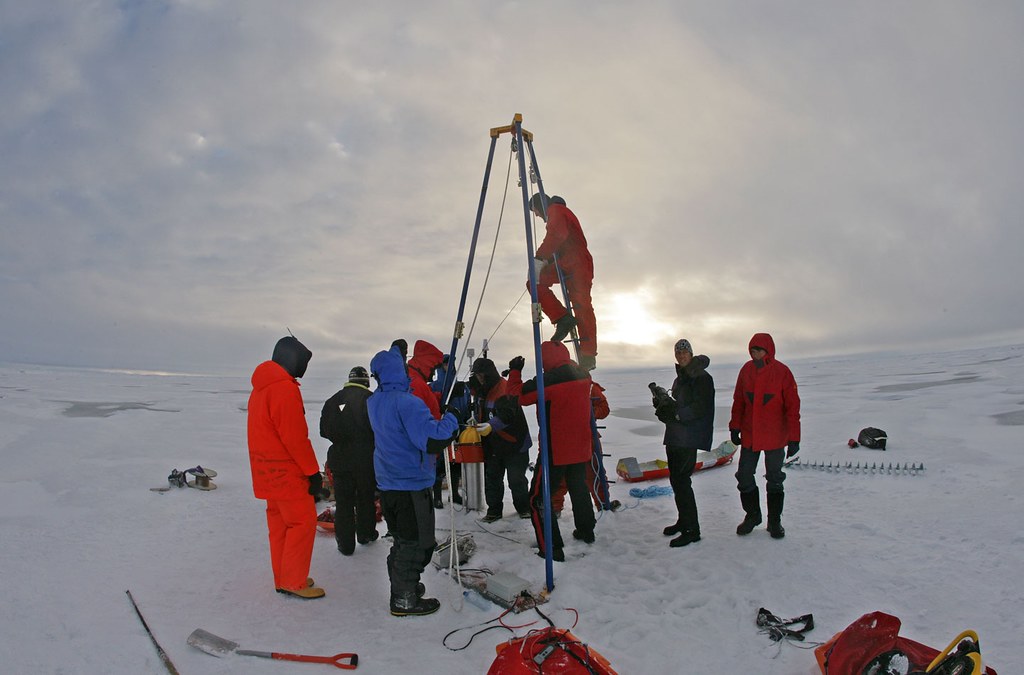
Surviving harsh northern conditions requires more than physical preparation – it demands a mental toughness that can withstand sensory deprivation, isolation, and constant stress. Researchers must train themselves to remain calm when equipment fails, weather deteriorates, and simple tasks become life-threatening challenges. The endless white landscape can trigger snow blindness and spatial disorientation, making experienced outdoorspeople feel like helpless beginners. Team dynamics become crucial when people are trapped together in cramped shelters for days, as minor personality conflicts can escalate into expedition-ending disputes. Many successful Arctic researchers describe entering a zen-like state where they accept rather than fight the harsh conditions, flowing with the environment instead of battling against forces they cannot control.
The frozen north continues to guard its paleontological secrets with the same fierce determination that has shaped the Arctic landscape for millennia. Despite technological advances and improved preparation, harsh conditions still claim equipment, threaten lives, and turn scientific expeditions into survival ordeals. Yet researchers keep returning, drawn by the promise of discoveries that could reshape our understanding of ancient life on Earth. Each expedition learns from the failures and successes of those who came before, gradually developing techniques and equipment better suited to these extreme environments. The battle between human curiosity and Arctic conditions continues, with victories measured not just in fossils discovered, but in teams that return home safely with stories of resilience and determination. What drives someone to risk everything for a chance to uncover secrets buried in the frozen ground for millions of years?



